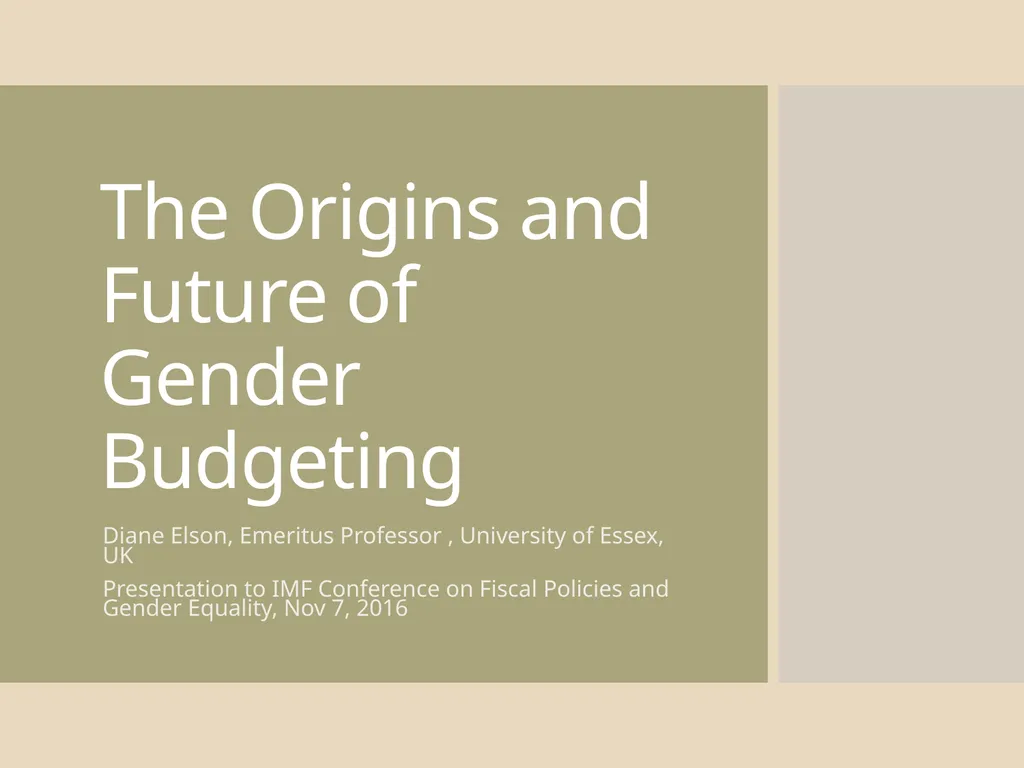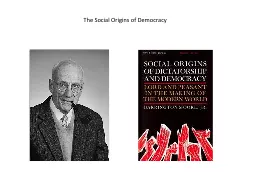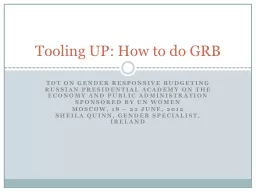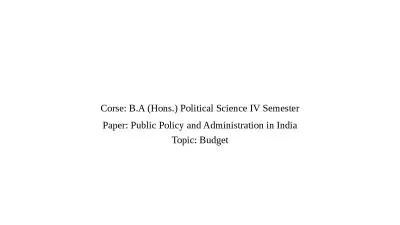The Origins and Future of Gender Budgeting Diane
Author : kittie-lecroy | Published Date : 2025-06-27
Description: The Origins and Future of Gender Budgeting Diane Elson Emeritus Professor University of Essex UK Presentation to IMF Conference on Fiscal Policies and Gender Equality Nov 7 2016 Gender Budgeting Gender budgeting aims to ensure that
Presentation Embed Code
Download Presentation
Download
Presentation The PPT/PDF document
"The Origins and Future of Gender Budgeting Diane" is the property of its rightful owner.
Permission is granted to download and print the materials on this website for personal, non-commercial use only,
and to display it on your personal computer provided you do not modify the materials and that you retain all
copyright notices contained in the materials. By downloading content from our website, you accept the terms of
this agreement.
Transcript:The Origins and Future of Gender Budgeting Diane:
The Origins and Future of Gender Budgeting Diane Elson, Emeritus Professor , University of Essex, UK Presentation to IMF Conference on Fiscal Policies and Gender Equality, Nov 7, 2016 Gender Budgeting Gender budgeting aims to ensure that government budgets support policy commitments to gender equality and women’s empowerment. Also contributes to other policy objectives-for example, economic growth, more effective spending, improved accountability. Gender budgeting is good budgeting. A variety of approaches, shaped by type of budgeting system in use, and economic, political and social context. The IMF Working Papers on Gender Budgeting identify 23 countries, in all regions, with particularly sustained gender budgeting efforts. Origins of Gender Budgeting New government commitments to promote gender equality and women’s empowerment. Two pioneer countries, Australia and South Africa. Australian Government launched annual Women’s Budget Statement in 1987, examining all tax and expenditure for its implications for women. Among achievements: recognition of costs of unpaid care work, national paid parental leave, increases in funding for child care. Inspired by Australian example, South African parliamentarians and NGOs introduced Women’s Budget Initiative in 1995, producing an annual report on selected areas of expenditure and taxation. Not about separate budgets for women but about looking at budgets from a gender equality perspective. Origins of Gender Budgeting Emerging concerns about disproportionately negative impact on women of supposedly gender neutral stabilization and structural adjustment policies. Commonwealth Secretariat gender budget project 1995-2000, piloted in Barbados, Fiji, South Africa, Sri Lanka, St Kitts and Nevis, using a range of tools developed by Debbie Budlender (South Africa), Rhonda Sharp (Australia) and Diane Elson (UK). Tools included expenditure and tax incidence analysis , gender-aware policy appraisal , impact of budget on unpaid domestic work, and indicators for gender budget statements. Sustaining Gender Budgeting Gender budgeting has been supported by many international organizations, especially UN Women (previously UNIFEM). But many challenges in institutionalizing gender budgeting. Some are technical, such as lack of sex-disaggregated data. Some are political, such as changes in real priority accorded to gender equality and women’s economic empowerment. Some stem from misunderstandings of gender equality requirements, seeing them as merely formal, not substantive. Institutionalizing budget reform of any kind is always challenging because the political economy of budgets is complex and subject to interplay of powerful interests. Gains from Gender Budgeting IMF Working Papers on Gender Budgeting project provide examples, including: expansion of expenditures important for gender equality and women’s empowerment














